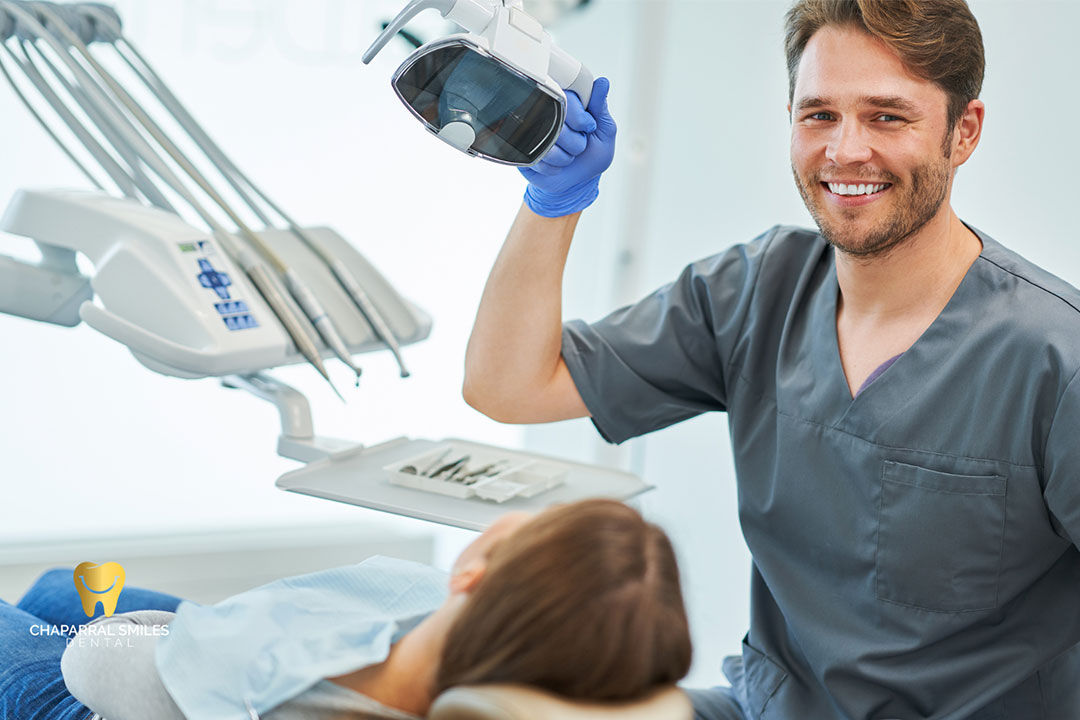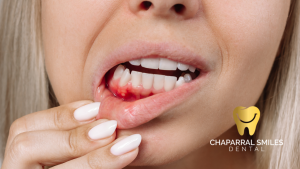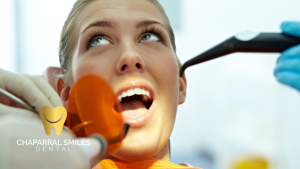You might be wondering how long your orthodontic treatment will last, and it’s a valid concern for anyone seeking to enhance their smile. The duration of orthodontic treatment can vary greatly depending on several factors, including the type of appliances used, the complexity of your dental issues, and your age. On average, you can expect your treatment to last anywhere from 6 months to 2 years. Understanding these variables can help you set realistic expectations as you embark on your journey to a healthier, straighter smile.
Factors influencing treatment duration
The duration of orthodontic treatment can vary significantly, depending on several key factors that you should consider before starting your journey to a straighter smile. These factors include:
- Type of orthodontic treatment
- Age of the patient
- Severity of dental issues
- Compliance with the treatment plan
Knowing these factors will help you set realistic expectations for your treatment timeline.
Type of orthodontic treatment
The duration of treatment can vary depending on the type of orthodontic appliances used. Traditional braces may require more time, typically between 18 and 30 months, whereas aligners like Invisalign can sometimes achieve results in as little as 6–18 months.
Age of the patient
Age can, to a degree, affect the duration of your orthodontic treatment. Generally, younger patients often respond to treatment more quickly, as their jaws and teeth are still developing.
Patient age can play a significant role in the expected duration of treatment. Children and teenagers may require less time due to their bone structure’s flexibility, while adults often face longer treatment durations due to mature bone density and potentially more severe dental issues.
Severity of dental issues
Any underlying dental issues or alignment concerns can impact your orthodontic treatment time. More complex cases, such as significant overcrowding or misalignment, typically require longer treatment times to achieve optimal results.
The severity of the dental issues you’re experiencing directly correlates with how long your treatment will take. If your orthodontist identifies a severe case requiring extensive adjustments or corrections, you should anticipate a longer commitment to achieve the desired outcome.
Compliance with the treatment plan
The type of compliance you exhibit with your orthodontic treatment plan can also influence the duration. Adhering to your orthodontist’s recommendations and wearing appliances as directed can lead to a more efficient process.
Orthodontic compliance is critical for the treatment’s success and can significantly affect how long you will wear braces or aligners. When you consistently follow the prescribed plan, you promote timely adjustments and enhance your progress, potentially reducing the overall treatment duration.
Common Orthodontic Treatments and Their Duration
It’s necessary to understand the various types of orthodontic treatments available, as their duration can significantly affect your overall treatment plan. For comprehensive insights on treatment durations, check out this article on How Long Do Braces Take? Duration, Tips & More.
Traditional metal braces
An effective and common method, traditional metal braces usually take about 18 to 24 months to straighten your teeth. The duration can vary depending on your specific case, the complexity of the misalignment, and your adherence to follow-up appointments.
Ceramic braces
Ceramic braces, as an alternative to metal braces, also take approximately 18 to 24 months to achieve the desired results. They are less noticeable, making them a popular choice among adults and teens who want a more aesthetically pleasing option.
This treatment option uses tooth-coloured brackets, allowing them to blend in with your natural teeth. While they function similarly to metal braces, they can be slightly less durable and might require more careful maintenance to avoid staining.
Lingual braces
Traditional lingual braces are placed on the back of your teeth, making them invisible from the front. The treatment duration is similar to that of conventional braces, typically lasting between 18 and 36 months.
Common among adults and older teens, lingual braces provide a discreet option for those who are self-conscious about wearing braces. However, they can take longer because of their complex placement, and you may experience a longer adjustment period compared to other types of braces.
Clear aligners (Invisalign)
Braces like Invisalign offer a modern approach to orthodontics, with treatment often lasting between 10 and 18 months. These clear aligners are removable and virtually invisible, making them a popular choice for image-conscious individuals.
Furthermore, one of the key advantages of clear aligners is their convenience. You can remove them while eating and for oral hygiene, providing a more flexible experience compared to traditional braces. Compliance with wearing them for 22 hours a day is crucial for achieving the best results within the desired time frame.
The Role of Orthodontist Expertise
After considering the duration of orthodontic treatment, it’s crucial to recognize the significant impact of an orthodontist’s expertise on your journey. A skilled orthodontist not only ensures optimal treatment outcomes but also tailors your experience to fit your unique needs. For more details on this process, check out How Long Does Treatment With Braces Take?.
Initial consultation and assessment
Any successful orthodontic treatment starts with a thorough initial consultation and assessment. During this appointment, your orthodontist will evaluate your dental condition, discuss your goals, and create a roadmap for your treatment journey. This foundational step is crucial, as it helps determine the best approach for your specific situation.
Customized treatment plans
Plans tailored to your individual needs are imperative for effective orthodontic care. Your orthodontist will develop a customized treatment plan that takes into account your unique dental structure and desired outcomes. This personalized approach not only optimizes results but also influences the overall duration of your treatment.
With the aid of advanced diagnostic tools, your orthodontist can create a detailed plan that outlines each phase of your treatment. This plan takes into account factors such as the type of braces or aligners used, the degree of correction required, and your personal timeline for results. Such customization ensures that your treatment is as efficient and comfortable as possible.
Monitoring progress
Your orthodontist’s regular monitoring is required to achieve your perfect smile. Your orthodontist will monitor your progress throughout your treatment to stay on track and make necessary adjustments. This consistent oversight is vital for maintaining the effectiveness of your treatment plan.
Progress checks allow your orthodontist to identify any potential issues early on. They can modify your treatment as needed to keep you on track for timely results. This proactive approach not only enhances the overall effectiveness of your orthodontic care but also helps to minimize the duration of your treatment, ensuring you achieve the smile you desire without unnecessary delays.
Final Words
Hence, the duration of your orthodontic treatment can vary significantly based on factors like the complexity of your case, the specific type of appliances used, and your commitment to following your orthodontist’s guidelines. On average, you can expect treatment to last anywhere from six months to three years. Understanding this timeline is crucial for planning your lifestyle and expectations effectively. Regular communication with your orthodontist will ensure you stay informed about your progress and any adjustments that may arise during your journey to a healthier, straighter smile.





